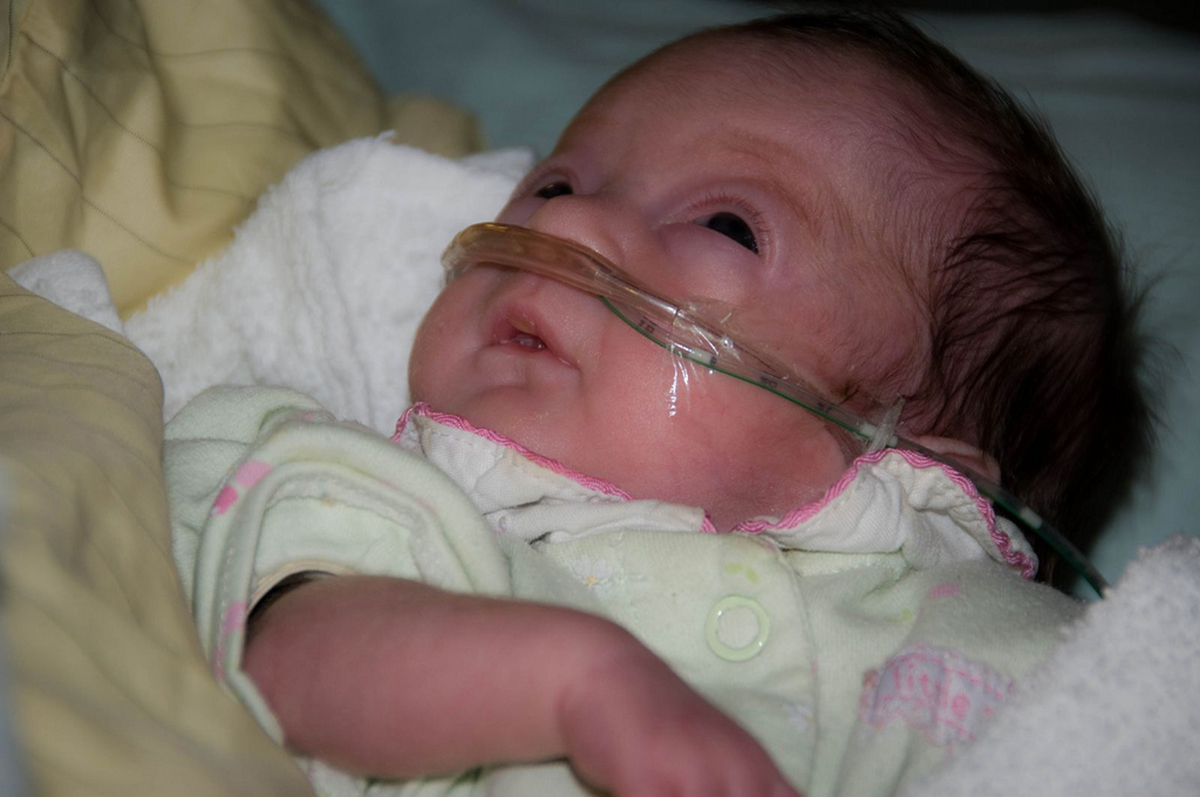Table of Contents
Showing attention and interest in other people plays a absolutely fundamental role in the social cognitive development of children even during the very earliest stages of life — in infancy, and even in newborns. Infants who are born prematurely, though, display a different pattern of showing attention to other people.
These babies, born much too soon, are more at risk of developing autism spectrum disorder as they are exposed to tremendous amounts of stress levels in the early days following birth. Babies born before 26 weeks gestation may have a greater risk of ASD.
What do you need to know?
What are social communication skills?
Social communication skills are defined as the synergistic emergence of social cognition, social interaction, verbal and non-verbal pragmatics as well as expressive and receptive language. In plain language, that roughly means social understanding and interaction, including using and interpreting both body language and spoken language.
When there are situations which disrupt social communication skills, disorders such as autism, language impairment, intellectual disabilities, learning disabilities and attention deficit hyperactivity disorder (ADHD) can occur. Premature birth is far from the only possible cause of such conditions, and even genetic factors play a large role, but it may be one.

What research has been done on this phenomenon?
In a study that was conducted at Kyoto University in Japan, researchers simultaneously displayed videos showing geometric patterns and people to 6 and 12 month old babies and checking which videos the infants preferred. Their gaze, which was followed with an eye tracker, signified interest — meaning that the longer a baby spent looking at the individuals rather than objects on the video, the more interest there was in others.
In another task, the researchers checked how well the babies could follow the gaze of other people. In this exercise it was discovered that 6 month old full-term children followed the gazes of individuals in the video, whereas preterm babies showed difficulty in doing so.
The researchers did point out though that preterm babies do develop the ability to show interest in others and follow their eye movements between 6-12 months of age. The conclusion was that it does seem like the nervous system of preterm babies develop in a very different manner to that of full-term babies. When comparing the age of full term and preterm infants, it is important that their adjusted age is also taken into account.
What are developmental delays?
Developmental delays are usually suspected when the caregiver of a child notices that they don't reach their expected milestones or child development stages. These children are assessed by their primary care doctor and then referred to a pediatricians for further evaluation, investigation and management.
Developmental delays can be associated with numerous issues such as those related to physical health. They may include the following problems:
- Poor heart function in people with Down syndrome.
- Sensory issues such as poor hearing or vision.
- Epilepsy.
- Poor dental health.
- Obesity.
- Life expectancy is estimated to be 20 years below those without developmental issues.
READ Father's Age Seen As Crucial To Baby's Disease Risk Of Autism And Schizophrenia
Developmental delays can also be associated with certain mental health issues and there are factors which can be attributed to the increased incidence rate of dual diagnoses. They include the following:
- Traumatic events such as abuse, bullying, harassment or abandonment.
- Social restrictions such as poverty, lack of education and limited opportunities of employment.
- Issues such as brain injuries, alcohol or prescription drug misuse and epilepsy.
- Lack of understanding of social norms and behaviors.
- Inadequate access to health care providers.
- www.medicalbrief.co.za/archives/prem-infants-may-show-less-interest-in-others/
- www.asha.org/Practice-Portal/Clinical-Topics/Social-Communication-Disorders-in-School-Age-Children/
- www.mayoclinic.org/diseases-conditions/autism-spectrum-disorder/basics/definition/con-20021148
- Photo courtesy of valeriebb: www.flickr.com/photos/valeriebb/3807602778/
- Photo courtesy of yarhargoat: www.flickr.com/photos/yarhargoat/4354264425/
- Photo courtesy of yarhargoat: www.flickr.com/photos/yarhargoat/4354264425/


Your thoughts on this